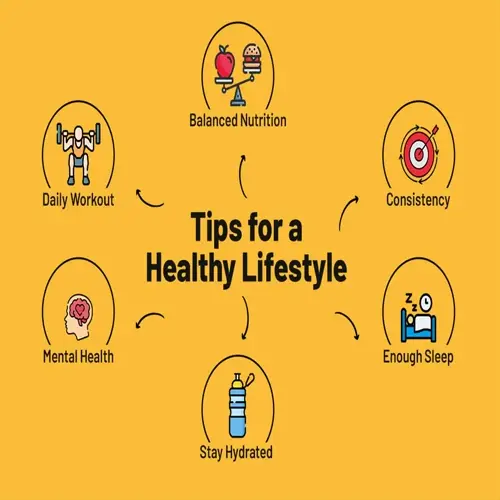How does physical activity reduce work stress?

Written by
David Nelson
Reviewed by
Prof. William Dalton, Ph.D.Exercise is a direct counter to your body's stress biology during the workday. The motion involves biochemical changes in the body that also rapidly lower cortisol production. Your circulation is enhanced, allowing the brain to receive more oxygen. Muscle tension is released with easy motions. These physiological changes occur soon after the motion begins.
Sedentary working patterns create chronic health predicaments that movement avoids. Sitting long periods reduces blood flow and increases inflammation markers in the system. Use of standing desks and stretch breaks interrupts damaging patterns. I helped office workers reduce their back pain by 70% through regular movement breaks. Regular
Micro-Break Activities
- Perform desk stretches every 60 minutes
- Do chair squats during phone calls
- Rotate ankles while reading documents
Meeting Transformations
- Convert sit-down meetings to walking discussions
- Stand during video conferences
- Incorporate stretch breaks in long sessions
Workspace Adjustments
- Use standing desks for email tasks
- Position printers away from workstations
- Create walking paths between departments
The quickest way to reduce cortisol is through aerobic movement. Walking meetings increase heart rates moderately. This stimulates the production of natural endorphins. Teams found that their walking meetings resulted in 25% better problem-solving abilities. In addition to reducing stress, regular movement integration can also enhance cognitive functioning.
Incorporate one motion technique during your next working hour. Activate reminders for breaks to stand. Raise your calves while documents are printing. Channel awareness to the deepening of your breath and clarity of focus. Constant micro
Read the full article: Effective Stress Management at Work Techniques

